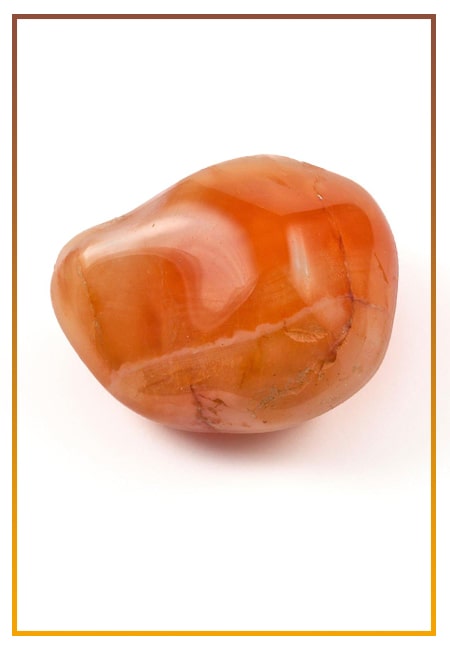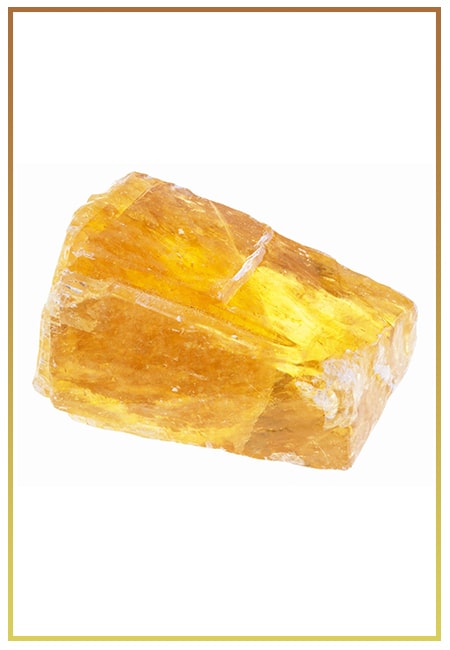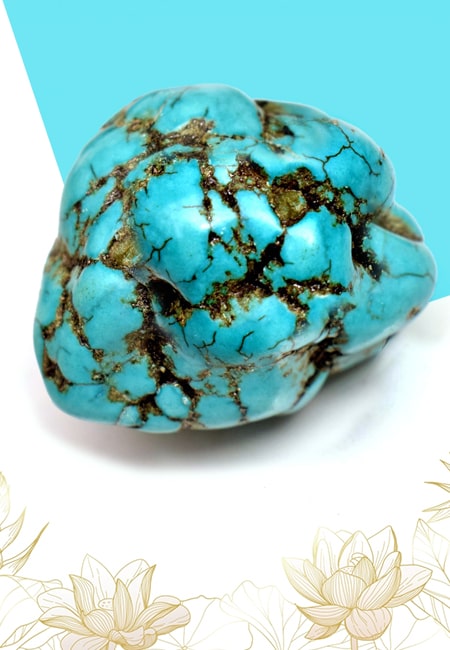- Written By Team DWS
- Festivals
- April 22, 2025
Understanding Malaria: What You Need to Know This World Malaria Day
Every year, April 25 marks World Malaria Day, a significant occasion that raises awareness about one of the most formidable health challenges in the world. Though global efforts have made strides in reducing malaria cases and deaths, the disease remains a critical issue in many regions, particularly in sub-Saharan Africa. Understanding malaria—its transmission, symptoms, prevention, and treatment—is essential not just on this day but throughout the year. Here’s what you need to know.
-dws638808970370699058.jpg)
What is Malaria?
Malaria is a serious disease that can be fatal and is caused by Plasmodium parasites transmitted to humans through the bites of infected female Anopheles mosquitoes. The primary types of malaria parasites that affect humans are Plasmodium falciparum, Plasmodium vivax, Plasmodium ovale, and Plasmodium malariae. Although malaria can affect anyone, it predominantly strikes individuals living in or traveling to areas with high transmission rates.
Symptoms of Malaria
Symptoms of malaria usually manifest 10 to 15 days after a bite from an infected mosquito and may be confused with flu-like illnesses. Common signs include:
- Fever and chills
- Headaches
- Sweating
- Fatigue
- Nausea and vomiting
- Muscle and joint pain
If not addressed, malaria can develop into a serious condition, resulting in complications like Anemia, respiratory issues, organ failure, and potentially death. In children, malaria can have particularly devastating effects, causing severe illness and mortality.
How is Malaria Transmitted?
Malaria is primarily transmitted through the bite of an infected Anopheles mosquito. It's important to note that malaria cannot be transmitted from person to person, except in rare cases through blood transfusions, organ transplants, or from mother to fetus during pregnancy (congenital malaria). Understanding this mode of transmission is crucial for controlling its spread and protecting communities from outbreaks.
Global Impact of Malaria
According to the World Health Organization (WHO), there were approximately 241 million cases of malaria worldwide in 2020, resulting in around 627,000 deaths. Sub-Saharan Africa bears the highest burden, with children under five years old being particularly vulnerable. The economic impact of malaria is significant as well, with losses estimated at billions of dollars across affected countries due to healthcare costs and loss of productivity.
Prevention Strategies
Preventing malaria requires a multi-faceted approach, and there are several effective strategies that can be employed:
- Insecticide-Treated Bed Nets (ITNs): Sleeping under ITNs is one of the most effective ways to reduce malaria transmission. These nets provide a physical barrier and repel mosquitoes.
- Indoor Residual Spraying (IRS): Spraying the interior walls of homes with insecticides can kill mosquitoes that come into contact with treated surfaces.
- Antimalarial Medications: In high-risk areas, prophylactic medications can be taken to prevent infection.
- Vaccination: The RTS,S/AS01 malaria vaccine has shown promise in reducing malaria cases among young children in endemic areas. Although it is not a standalone solution, it is a vital tool in the overall strategy for prevention.
- Community Education: Raising awareness about high-risk activities and the importance of protective measures is crucial. Communities must understand how malaria is spread and learn ways to minimize exposure.
Treatment of Malaria
Timely diagnosis and treatment are critical in managing malaria. Rapid diagnostic tests (RDTs) can quickly determine whether someone has malaria, allowing for immediate treatment. The primary treatment for uncomplicated malaria typically involves artemisinin-based combination therapy (ACT), whereas severe instances may necessitate intravenous treatment or admission to a hospital.
Access to healthcare is fundamental in ensuring effective treatment. Many organizations are working to improve healthcare infrastructure in endemic regions, but challenges remain, particularly in remote areas.
The Road Ahead
Although progress has been made in malaria prevention and control, the COVID-19 pandemic disrupted healthcare services and contributed to a rise in malaria cases in several regions. Continued investment in malaria research, ongoing funding for prevention programs, and commitment from governments and community-led initiatives are critical for moving forward.
As we observe World Malaria Day, it’s a call to action for everyone—health professionals, policymakers, individuals, and communities. Understanding malaria is the first step towards eradication. By coming together, sharing knowledge, and taking practical steps toward prevention and treatment, we can combat this ancient disease and work towards a malaria-free future.
Remember, knowledge is power—let’s harness it to create a world where malaria no longer poses a threat to our health. Together, we can make a difference.
-dws638808970554958380.jpg)
World Malaria Day FAQs: Everything You Need to Know About Malaria Awareness and Prevention
Sure! Here are some frequently asked questions (FAQs) about World Malaria Day:
1. What is World Malaria Day?
World Malaria Day is an international observance held on April 25 each year to raise awareness about malaria, its prevention, control, and treatment. It aims to highlight the global efforts to combat this preventable and treatable disease.
2. When is World Malaria Day celebrated?
World Malaria Day is celebrated annually on April 25th.
3. Why is World Malaria Day important?
World Malaria Day is important because it underscores the ongoing struggle against malaria, a disease that continues to affect millions of people worldwide. It serves as a reminder to the global community of the need for sustained political commitment, resources, and partnerships to eradicate malaria.
4. What is the theme for World Malaria Day?
Each year, World Malaria Day has a specific theme that guides its focus and messaging. The theme may vary each year, and it is announced in advance by organizations such as the World Health Organization (WHO).
5. What is malaria?
Malaria is a serious illness caused by parasites that are spread to humans via the bites of infected female Anopheles mosquitoes. Symptoms can include fever, chills, and flu-like illness. Without prompt treatment, malaria can lead to severe illness and death.
6. How can malaria be prevented?
Preventive measures against malaria include the use of insecticide-treated bed nets (ITNs), indoor residual spraying (IRS), taking antimalarial medication, and community education about mosquito control practices.
7. What efforts are being made to control malaria?
Efforts to control malaria include the distribution of bed nets, spraying homes with insecticides, providing access to diagnostic testing and effective treatment, and research into vaccines. Global initiatives and partnerships, like the Roll Back Malaria Partnership and the Global Fund, work collaboratively to fight malaria.
8. How can individuals help on World Malaria Day?
Individuals can help by raising awareness about malaria in their communities, participating in local events or campaigns, donating to malaria-focused charities, and educating themselves and others about prevention and treatment options.
9. Who organizes World Malaria Day?
World Malaria Day is organized by the World Health Organization (WHO) in collaboration with various public health organizations, governments, and non-governmental organizations (NGOs).
10. Where can I find more information about malaria and World Malaria Day?
For more information, you can visit the World Health Organization (WHO) website or the websites of organizations specifically focused on malaria, such as the Global Fund, Roll Back Malaria, or Malaria No More.
Feel free to adapt or modify these FAQs to suit your needs!
Popular on Blogs

Black Tourmaline: Meaning, Healing Properties, Fascinating Facts, Powerful Attributes, Versatile Uses, and Beyond
September 05, 2023 / BY Team DWS
Black Tourmaline, also known as Schorl, is a highly revered crystal with incredible metaphysical properties. It derives its name from the Dutch word "turamali," meaning "stone with ..

Carnelian Stone: Meaning, Healing Properties, Power, Facts, Color, Uses and More
December 26, 2023 / BY Team DWS
Carnelian is a vibrant and captivating gemstone that holds a plethora of meanings, healing properties, and powers. Its warm and fiery energy makes it a popular choice among crystal ..

Citrine: Exploring its Meaning, Healing Properties, Fascinating Facts, Powers, Versatile Uses, and Much More
November 18, 2023 / BY Team DWS
Citrine, with its warm golden hues, has captured the attention and imagination of people for centuries. This beautiful gemstone, commonly associated with wealth and prosperity, hol ..

Black Onyx: Unveiling the Meaning, Healing Properties, Fascinating Facts, Powerful Attributes, Versatile Uses, and Beyond
July 25, 2023 / BY Team DWS
Black Onyx, a striking gemstone admired for its deep black hue and elegant appearance, has captivated people for centuries. In this comprehensive guide, we will delve into the mean ..

Unveiling the Mysteries of Turquoise Stone: Exploring its Meaning, Healing Properties, Power, Facts, Color, Uses, and More
December 05, 2023 / BY Team DWS
Turquoise, with its captivating blue-green hue, has been adorning jewelry and artifacts for centuries. This striking stone has a rich history, rich symbolism, and a plethora of int ..

The History Behind The Popularity of Red Agate
December 23, 2022 / BY Team DWS
An Agate is a type of magma rock that takes many years till it is washed out naturally into the water. And that is the reason this stone has elements of water. This beautiful stone ..

Plan a Perfect Valentine's Week with Our Valentine Week List 2025
January 22, 2024 / BY Team DWS
Valentine's Day is undoubtedly the most romantic day of the year, but we believe that one day is just not enough to express your love and make your partner feel special. That's why ..

Bloodstone: Unveiling the Meaning, Healing Properties, Facts, Powers, Uses, and More
August 21, 2023 / BY Team DWS
Bloodstone, with its captivating deep green color with specks of red, is a mesmerizing gemstone that has fascinated civilizations for centuries. It possesses unique healing propert ..


